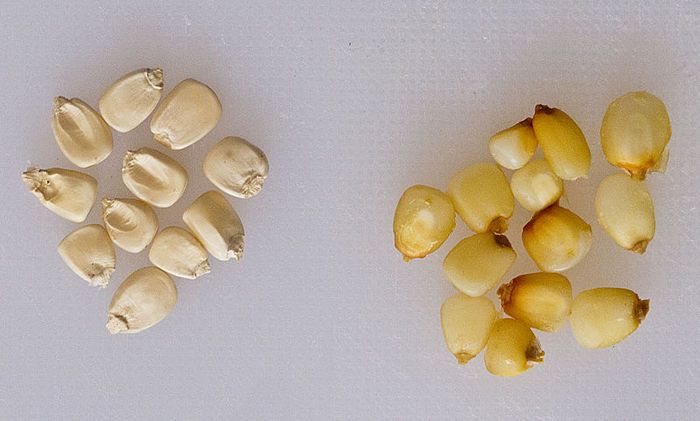Nixtamalization Process Explanation: A Time-Tested Process
Explore the fascinating history, science, and cultural significance of nixtamalization, an ancient corn processing technique that remains at the heart of Mexico's culinary heritage. Uncover the secrets of this time-tested method and its role in traditional Mexican cuisine.





